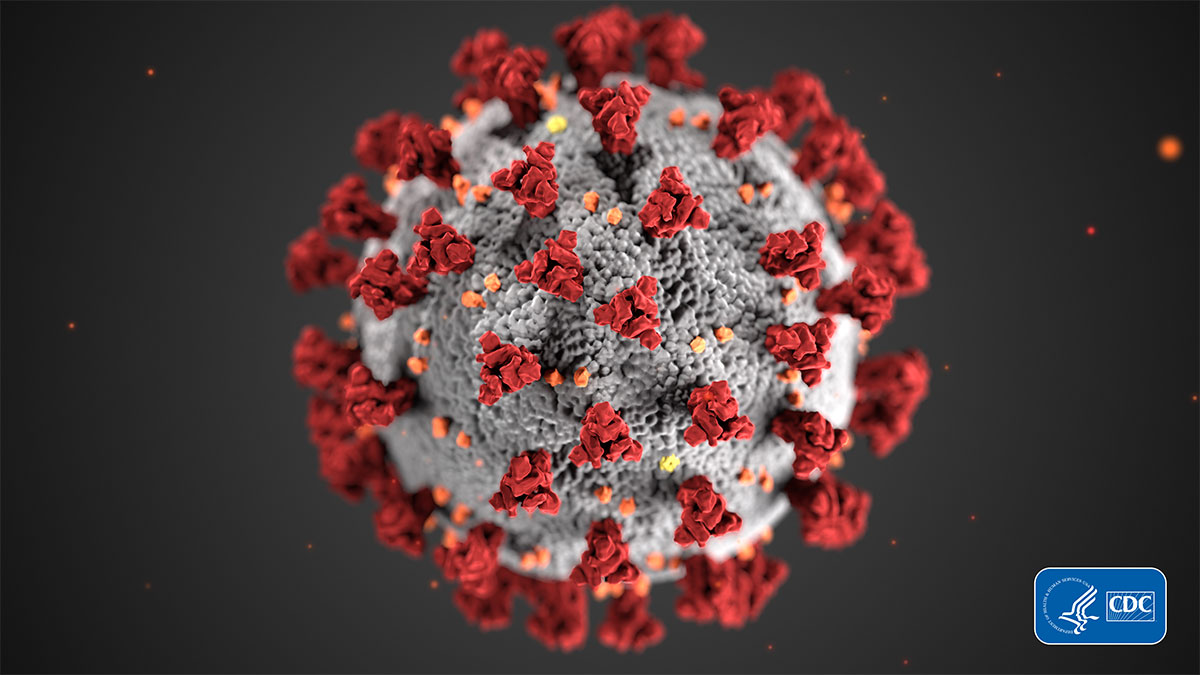This series requires a few clarifications. It is not meant to spread fear or panic. The author only shares information that he obtained from a wide variety of sources. The sources will be included for personal verification at the end of everything. Furthermore, the author is not a biology major, so he shares a dumbed down version of everything in the words that he understood. Everything he writes is not to be taken as factually correct. Different reputed sources share information that directly contradict each other and so, for the lack of a mechanism of judgement known to him, the author chooses to vouch for the information that majority of sources support. Although the intention of this article is not to spread fear, and there is not much need for concern as reported by “The Guardian”, upon ending his research which he himself doubts is complete, the author is pretty concerned.
What is coronavirus?
A common misconception is that coronavirus showed up on earth the same way Genghis Khan showed up in North China, completely unannounced. Quite to the contrary, the virus has been around for quite some time now.
Coronavirus is also known as the virus responsible for the common cold. The virus happened to mutate and then pass on from wild animals in Wuhan, China on to humans by means of air (the origin of the virus is widely-disputed, but specialists agree that the location was Wuhan, regardless of the medium). The virus was actually called SARS-CoV (Severe Acute Respiratory Syndrome Coronavirus) discovered in 2003, and it was only transmitted via animals. The virus that spread from Wuhan, SARS-CoV 2, is actually a mutated version of the previous and it can travel from person to person as well.
The disease caused by this virus is called COVID-19, because it showed up in 2019.
What it does
SARS-CoV is an RNA virus. The only way this virus would have effect is if it got transmitted through the eyes or the buccal cavity (something we don’t have control over at all) into the lungs. Coronavirus is transmitted through the air. If someone infected with coronavirus sneezes or coughs, the virus could float around through the air, thus endangering anyone around. Once it enters into the lungs, it hinges on the epithelial (skin) cells.
Once inside the lungs, it takes control of Ribosomes. Ribosomes are in charge of protein replication. The virus uses the Ribosomes to replicate themselves, and creates a bunch of new viruses, all equipped with harmful capacities. Our body cells come pre-coded with a bunch of survival tactics. Once a cell notices so many problematic elements inside it that they cannot be controlled, the cell self-destructs, so that everything inside it dies. This act is called auto-immune suicide.
Lucky for viruses, they do not qualify as fully living beings. And non-living beings cannot die. The suicide leaves a good many replicated viruses roaming freely in the matrix (the space outside the cell). They attack other body cells, infect them and cause cold.
Antibodies are parts of the immune system that attack and destroy pathogens or foreign invaders inside the body. Unfortunately, due to the nature of the virus, SARS-CoV takes longer to detect by the immune system. Once the virus has activated the immune system, the immune system invests in the form of energy and protein armies in order to destroy the existence of the virus.
A bigger problem is that, once the immune system is activated, because infected and non-infected cells remain side by side, the antibodies get confused and start attacking everything in sight. This means that a good many epithelial cells die for nothing. In the process, the virus infects few of the antibodies. So, the antibodies start attacking each other. It’s an all-out warfare inside the body. This increases body-heat and is the cause of fever. Killer T-cells are the ultimate weapons that are only deployed when the immune system is backed to a corner. Once deployed, the cells eject toxins that affect everything around it, meaning that they kill both friends and foes.
Furthermore, because the body invests more energy into fighting the virus, it feels lethargic and weak during day-to-day activities. The bones start to ache. Dead viruses are excreted via mucus, which causes runny nose.
The immune system ultimately takes back control of the body, killing all the viruses. The epithelials start regenerating. The biggest problem of coronavirus is that it keeps the immune system busy, therefore during this time the body remains at high risk of bacterial and viral attack. Most of the coronavirus deaths happen due to a bacterial annexation of the lungs. Younger people with stronger immunity tend to feel less of this problem compared to the senior citizens.
Symptoms
Anyone infected with the virus could portray the following symptoms:
- Fever
- Breathing and respiratory problems
- Asthma
- Runny nose
- Aching in the bones
- Weakness and lethargy
- Sore throat
- Coughing
The unique problem with this virus is that it starts off with feeble determinants of seasonal cold, and therefore it is difficult to actually foresee patient zero’s (the first contaminant of the pathogen in an area) existence. This means that by the time we can confirm someone needs to get tested, they would have already spread the disease on to a wider demographic, and most probably you.
Self-quarantine is the most effective method of prevention at the moment.






















